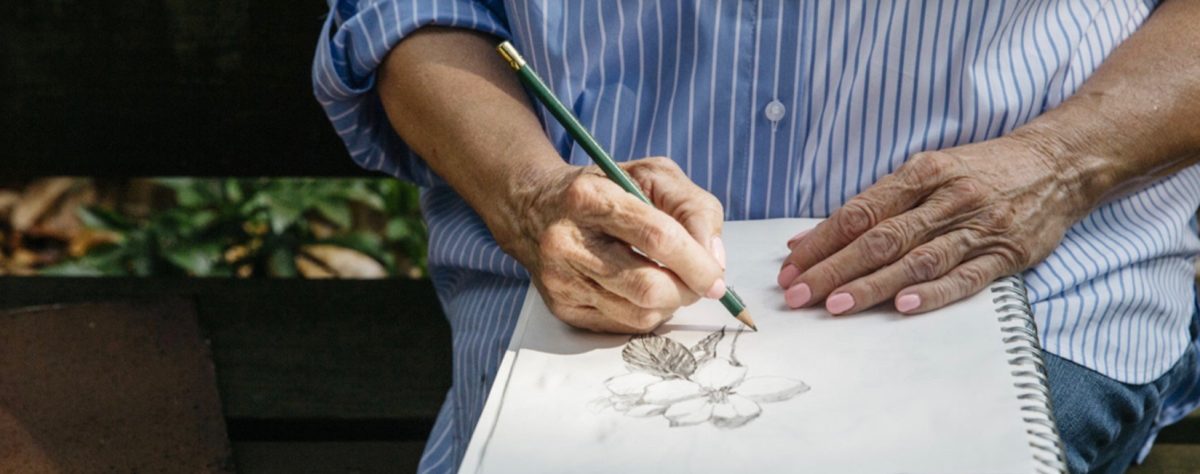“Fill your paper with the breathings of your heart.” William Wordsworth (from Becoming Minimalist.com)
Why do we start blogs? Ask that question and many answers will pop up. The most popular are to make money or to promote a business. But a funny thing happens along the way. The heart starts to get into it. The people that become a part of the community interacting with a blog start to become personally meaningful. The blog content begins to focus on who these people are and why.
A popular blogger, Cristian Mihai, answers the questions of his popularity on a post for The Daily Post at WordPress. Mihai says he began his blog to gain audience for his books and was determined to make a go of it. Along the way he made some discoveries. Of one such discovery, he states, “If every post you write means something to you, it’ll undoubtedly mean something to other people, too.” And secondly, he believes consistency is vital. Make a regular post and stay with it. But follow the heart.
Penny Howe in her blog, The Why About This, has a post entitled, “What do we do next, we bloggers, we artists, we people?’ When the heart has begun the process of making a daily foray into the blog post, what next? Howe says make a plan of action. Plan the next moves based on what the heart has revealed. If the goals from the blog’s beginning have changed, take a look at the new goals and arrange the plan of action around the new goals. But first determine what those goals are.
“The best recommendations are still found in the personal realization that blogging changes you,” writes Joshua Becker in Becoming Minimalist. Becker says blogging not only changes your life, it changes the life of the reader as well. He believes writing a blog will inspire others, and the writer in the process.
In making the plan of action, advocated by Penny Howe, perhaps a look at the heart of the matter is at hand. Self- promotion or business promotion may have been the initial reason but as the heart began to speak more openly and coherently, the reason possibly changed. As the heart begins to breath, encourage it to continue. Breathing is a good thing.









